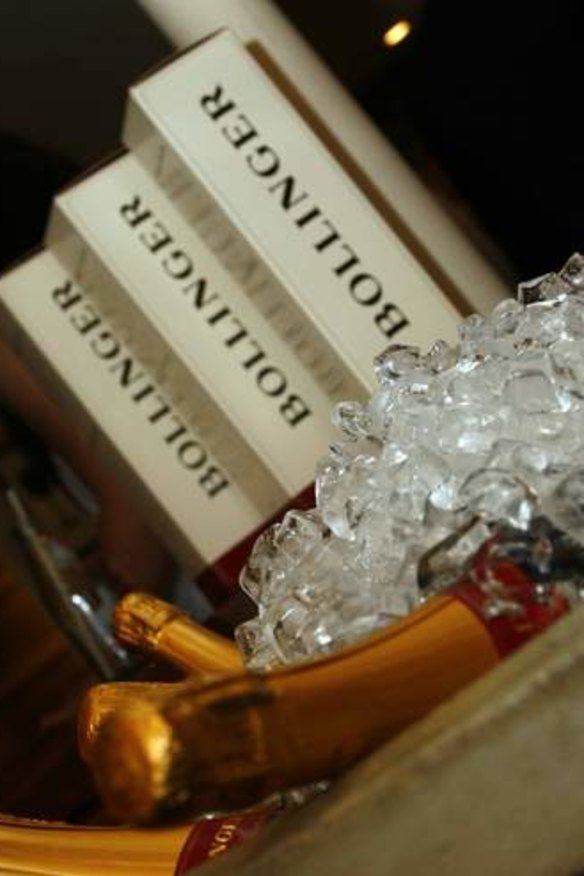Blending vintages builds champagne character

I was shopping at Costco and saw Bollinger champagne at a very good price. I nearly bought some but the labels didn't have a year on them. I wasn't sure if it was the same as you'd get from a normal bottle shop?
Many a sane and otherwise moderate soul has passed through the doors of Costco to emerge hours later, blinking into the sunlight, only to realise she has bought more toilet paper, tinned tomatoes and television sets than will fit into her car. I am impressed by your restraint but in this instance it was probably unnecessary.
Most champagne made by Bollinger is non-vintage, meaning it comes from grapes picked over more than one year. These are made into wine, set aside, and later blended with newer harvests to conform to the preferred house style. That's why there was no year on the labels you saw, and the same goes for every big-brand champagne you can think of. Year in, year out, the results are almost as consistent as Coca-Cola, albeit more glamorous and expensive.
Many of these big brands also make "vintage" champagnes in some years from harvests that they consider warrant it - for example, Moet et Chandon's Dom Perignon or Roederer's Cristal - and typically charge a whopping premium for these one-offs. These are supermodel wines but the major champagne houses are well aware their standing depends largely on the quality of their non-vintage lines. Blending older wines with younger ones is among the factors that lend good non-vintage champagne much of its character.
If you're interested in individual vintages, it's worth noting that since the 1980s an increasing number of Champagne grape growers have stopped selling their crops to the big brands, choosing instead to make and sell their own fizz. Much of their output is vintage champagne. They represent a fraction of the market but the best produce some of the most exciting wines coming out of this region. You're unlikely to find them among the whitegoods at a discount warehouse but, if you're curious, talk to a specialist wine retailer about grower-producer champagnes.